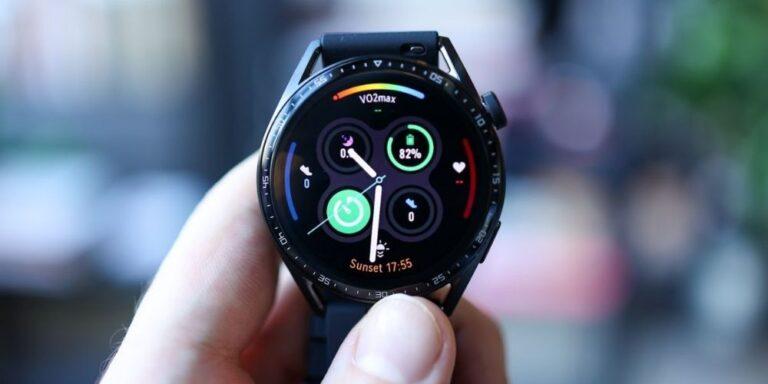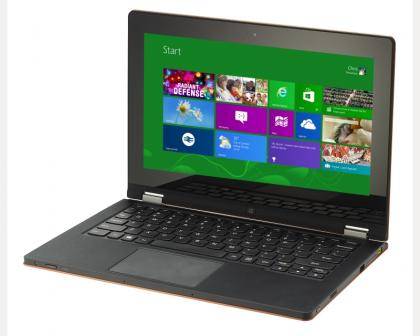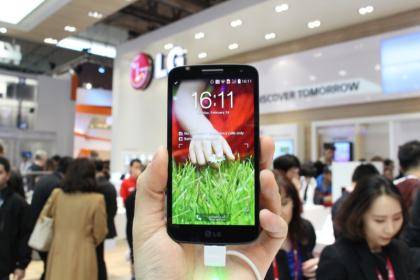Can Wireless Charging Be As Safe As Wired Charging?
Wireless charging has moved from novelty to mainstream, offering convenience and a tangle-free way to power devices. By simply placing a phone or earbuds case on a charging pad, you can recharge without plugging in cables. But with convenience often comes questions about safety. You may wonder if wireless charging generates excess heat, degrades batteries faster, or poses risks compared to traditional wired chargers. To understand whether it’s truly safe, let’s explore how modern wireless charging compares to wired solutions, along with the safeguards brands like Anker build into their products.
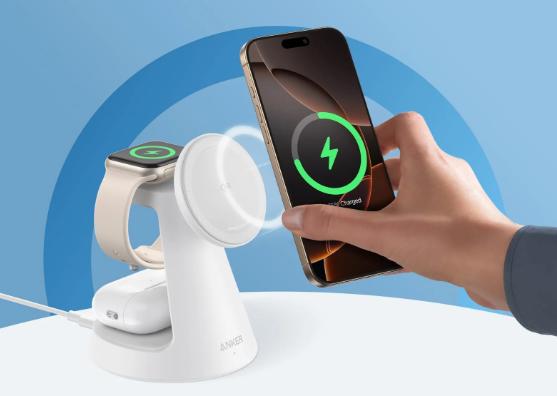
Compare Safety Between Wireless and Wired Charging
Wireless charging has unique challenges, but advancements in technology and safety features make it just as reliable as wired options when done right. Here are the key factors to consider to help you decide which phone charger is right for you.
Heat Management and Battery Health
One of the biggest concerns with wireless charging is heat buildup, as energy transfer is less efficient than wired connections. Excess heat can reduce battery lifespan if not managed. Modern wireless chargers, such as Anker’s MagGo Qi2-certified wireless chargers, incorporate advanced cooling and temperature control systems to minimize overheating, keeping battery health intact even with frequent use.
Smart Power Distribution
Wired chargers usually deliver power directly at optimal speeds, while wireless charging can vary depending on alignment and coil efficiency. To address this, premium models use intelligent chips to regulate power flow. For example, Anker’s 15W Qi2 wireless chargers automatically adjust output to match device requirements, ensuring safe charging without overloading the battery.
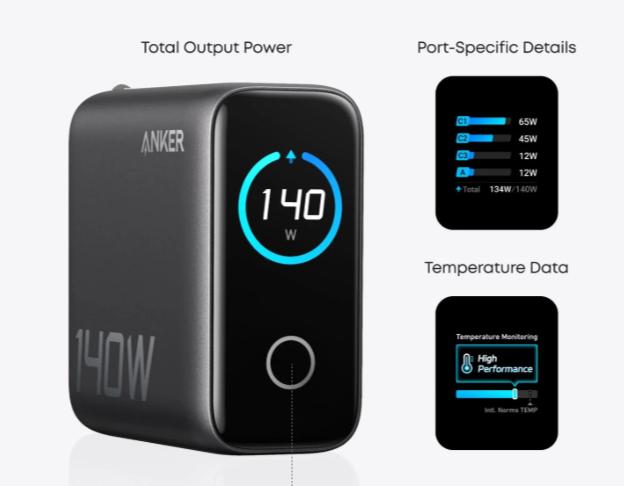
Foreign Object Detection
Another safety concern lies in interference from metal objects, like keys or coins, which can cause overheating when left on charging pads. Qi-certified wireless chargers are equipped with foreign object detection (FOD), shutting down power if such interference is detected. This safety layer makes wireless charging just as secure as plugging into a certified wired charger.
Convenience vs. Consistency
USB-C wired charging tends to be faster and more consistent because of its direct power delivery. However, wireless chargers are closing the gap with MagSafe, Qi2 and PD-compatible solutions. The trade-off for slightly slower charging is the sheer convenience of cable-free use—placing a phone on a desk pad at work or bedside stand means fewer wear-and-tear issues with cables, indirectly enhancing device longevity.
Certification and Quality Standards
Not all chargers are created equal. Cheap, uncertified wireless pads can pose real risks, from inefficient charging to potential fire hazards. So, it’s important to choose quality products that are Qi-certified and equipped with brand-specific protections like Anker’s ActiveShield™ 2.0, ensuring your wireless charging meets the same rigorous safety standards as wired charging.
Use Cases and Lifestyle Fit
Ultimately, safety also depends on how you use charging solutions. For fast top-ups before heading out, wired charging may still be the fastest route. But for overnight or desktop use, wireless charging provides safe, steady replenishment with less stress on the device’s ports and cables. The key is matching the charger to your lifestyle rather than assuming one is inherently less safe than the other.
Conclusion
Wireless charging can be just as safe as wired charging, provided you choose a high-quality, certified wireless charger. Modern innovations like temperature regulation, intelligent power delivery, and foreign object detection eliminate most risks while giving users unmatched convenience. While wired charging still leads in raw speed, wireless solutions like Anker’s Qi2-certified MagGo chargers combine safety, efficiency, and ease of use, making them an excellent option for daily charging needs. By selecting reliable chargers and following the best practices, you can enjoy worry-free wireless charging without sacrificing safety or device health.


